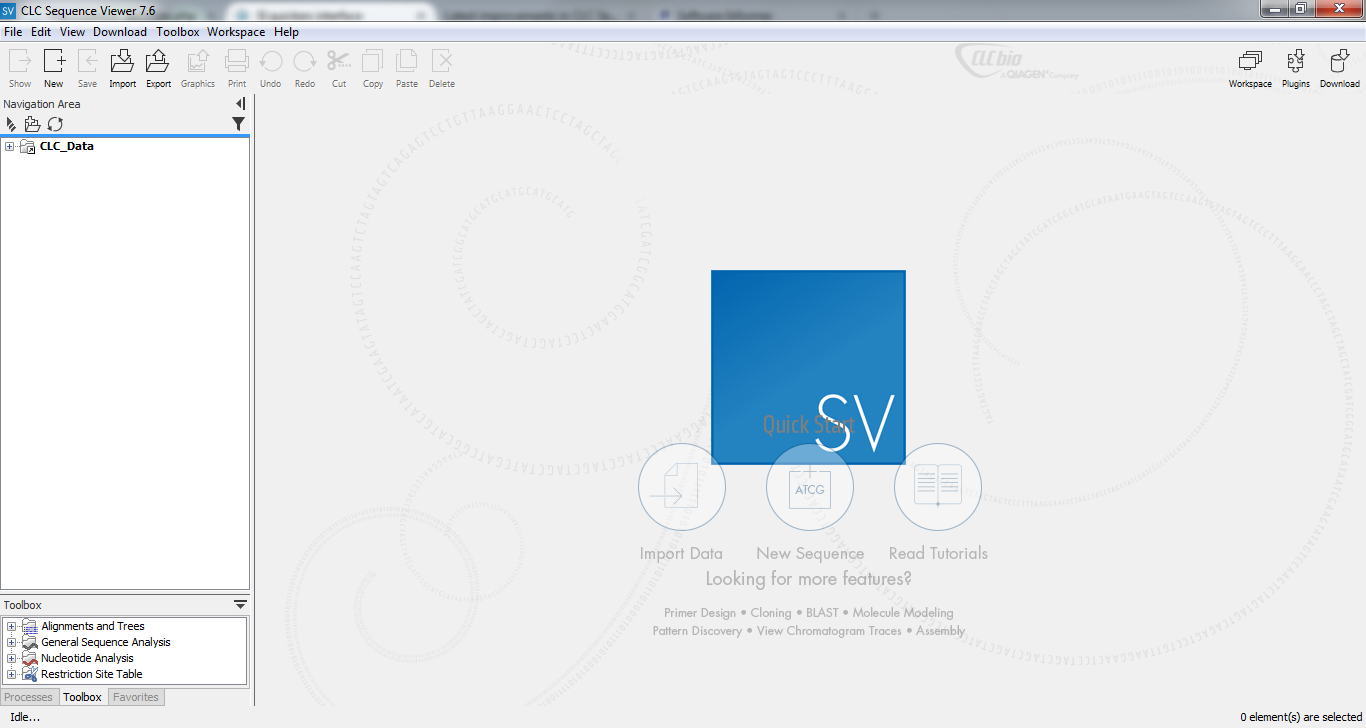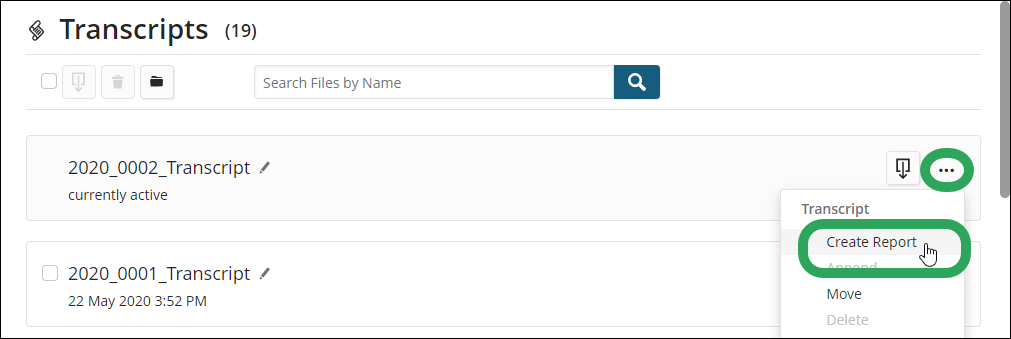

Analysis of complex mixtures of plants has applications in many ecological studies. The chloroplast has unique features found in all green plants, conserved sufficiently to be readily aligned for comparison of different samples and large enough to contain variation, which allow species or sub species distinction across the seed plants. The emergence of next generation sequencing (NGS) technology allowing whole chloroplast genomic DNA sequencing has provided the opportunity to use the whole chloroplast genome sequence as a barcode.

Analysis of different plant groups has required the use of different genetic loci. This does not alter the authors' adherence to PLOS ONE policies on sharing data and materials.Ī universal plant barcoding method based upon sequencing a specific gene or combination of specific genes has proven elusive. The funders played no role in study design, data collection, decision to publish or preparation of the manuscript.Ĭompeting interests: This research was supported by a grant from Rural Industries Research and Development Corporation, Australian Government. The sequence data is available as GenBank (accession KF428978).įunding: The research was funded by Rural Industries Research and Development Corporation (Australia).

This is an open-access article distributed under the terms of the Creative Commons Attribution License, which permits unrestricted use, distribution, and reproduction in any medium, provided the original author and source are credited.ĭata Availability: The authors confirm that all data underlying the findings are fully available without restriction. Received: JAccepted: SeptemPublished: October 17, 2014Ĭopyright: © 2014 Brozynska et al. PLoS ONE 9(10):Įditor: Hikmet Budak, Sabanci University, Turkey The methods should be suitable for routine barcoding using appropriate combinations of sequencing platform and data analysis.Ĭitation: Brozynska M, Furtado A, Henry RJ (2014) Direct Chloroplast Sequencing: Comparison of Sequencing Platforms and Analysis Tools for Whole Chloroplast Barcoding.
Import blast results into clc sequence viewer torrent#
The Ion Torrent platform gave no apparent false SNP but was less reliable for indels. Indels were more variable with different sequencing methods, with almost all discrepancies found in homopolymers. Of these, a total of 102 polymorphisms including 90 SNPs were predicted by both platforms. A total of 122 polymorphisms (SNPs and indels) between the wild and cultivated rice chloroplasts were predicted by these different sequencing and analysis methods. Consensus chloroplast sequences were produced by mapping sequence reads to the reference rice chloroplast genome or by de novo assembly and mapping of the resulting contigs to the reference sequence. The HiSeq (Illumina) and Ion Torrent (Life Technology) sequencing platforms were used to sequence total DNA from rice to identify polymorphisms in the whole chloroplast genome sequence of a wild rice plant relative to cultivated rice (cv. Advances in DNA sequencing platforms may make this an attractive approach for routine plant identification. Direct sequencing of total plant DNA using next generation sequencing technologies generates a whole chloroplast genome sequence that has the potential to provide a barcode for use in plant and food identification.


 0 kommentar(er)
0 kommentar(er)
